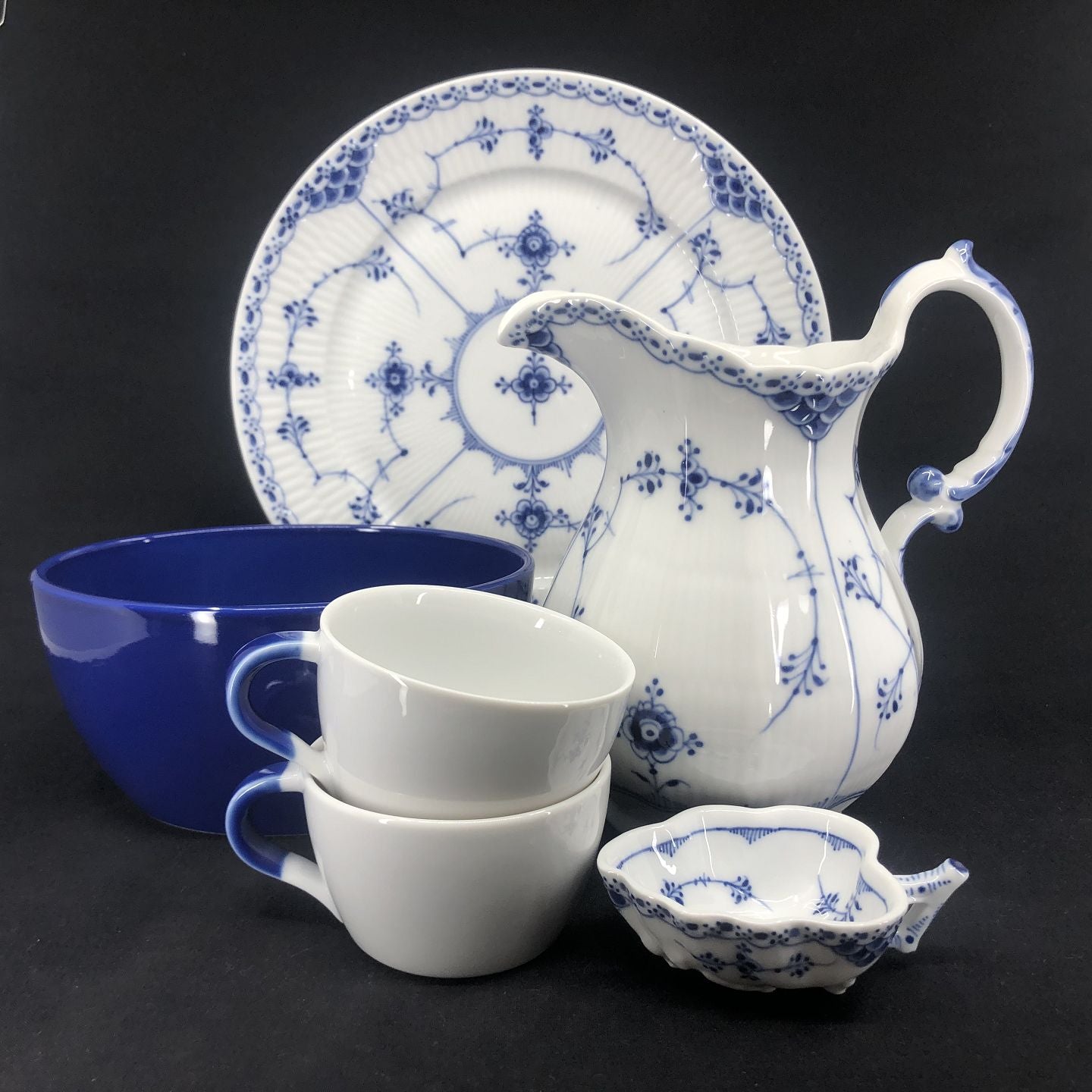
Antique or not?
You may have come across the term "antique" either in the street scene or among the many shops that sell their goods online. Virtually all countries have a tradition of antiques trading, and this is because we humans have always had a special respect for things that have a history. Historical objects remind us that we are part of a larger community, that the world neither begins nor ends with individual reality. And for many of us, it creates a sense of security to be surrounded by things whose history is longer than our own.
"Antique" usually refers to a collector's item that demonstrates a certain degree of craftsmanship. Among the world's best-known antiquities are the Egyptian statues exhibited at the Louvre in Paris and the Torso Belvedere, which is maintained by the Vatican Museums. Tables, chairs and even cars from earlier times can also be characterized as antiques. Some people spend a great deal of both their time and money acquiring things that are antique. For example, a desk manufactured by the American Goddard & Townsend in the 1760s was sold for the equivalent of 80 million Danish kroner in 1989. The example is far from unique.
"Antique" comes from the Latin word "antiquus", which means "old" or "former". The inflection "antique" covers a historical period which is particularly associated with the Roman Empire and ancient Greece from the beginning to around the year 500. But objects do not need to be 1,500 years old to be characterized as antique. And even if a given thing is old, it is not necessarily antique either. Many misunderstandings have been associated with the term over time. Today, however, there is a consensus that "antique" can be used for an object that is more than 100 years old.
Things that are considered ordinary today can easily end up on future generations' list of the most sought-after antiques. You should therefore make sure to take good care of even the most everyday items in your home.
"Antique" usually refers to a collector's item that demonstrates a certain degree of craftsmanship. Among the world's best-known antiquities are the Egyptian statues exhibited at the Louvre in Paris and the Torso Belvedere, which is maintained by the Vatican Museums. Tables, chairs and even cars from earlier times can also be characterized as antiques. Some people spend a great deal of both their time and money acquiring things that are antique. For example, a desk manufactured by the American Goddard & Townsend in the 1760s was sold for the equivalent of 80 million Danish kroner in 1989. The example is far from unique.
"Antique" comes from the Latin word "antiquus", which means "old" or "former". The inflection "antique" covers a historical period which is particularly associated with the Roman Empire and ancient Greece from the beginning to around the year 500. But objects do not need to be 1,500 years old to be characterized as antique. And even if a given thing is old, it is not necessarily antique either. Many misunderstandings have been associated with the term over time. Today, however, there is a consensus that "antique" can be used for an object that is more than 100 years old.
Things that are considered ordinary today can easily end up on future generations' list of the most sought-after antiques. You should therefore make sure to take good care of even the most everyday items in your home.